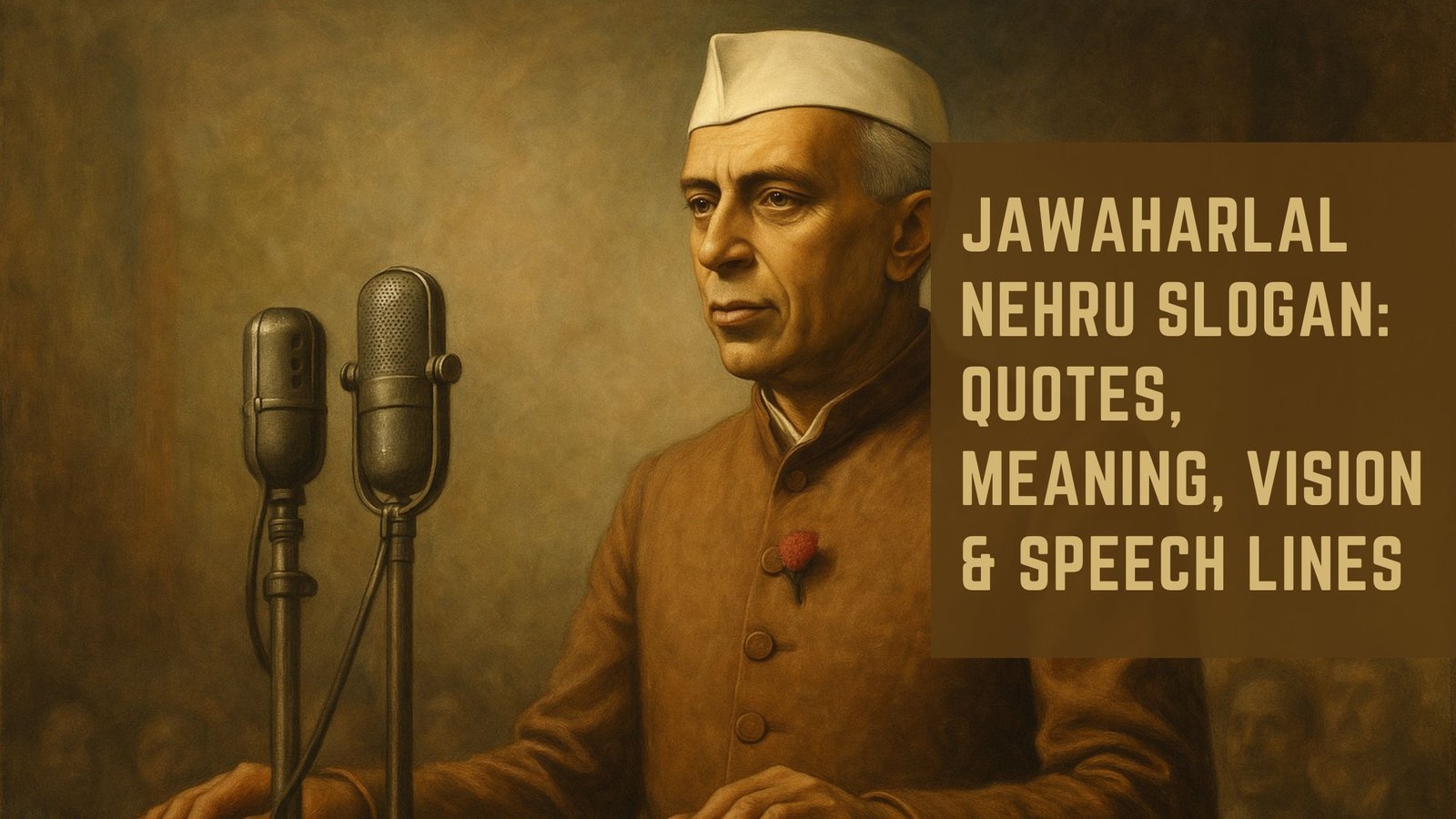Swami Sarvapriyananda is a prominent figure in contemporary Vedanta, known for his profound insights and engaging teachings. As a monk of the Ramakrishna Order, he has dedicated his life to the study and dissemination of Vedantic philosophy, drawing from the rich spiritual heritage of India. His eloquence and clarity have made him a sought-after speaker, both in India and abroad, where he addresses diverse audiences on topics ranging from spirituality to the practical application of ancient wisdom in modern life.
Swami Sarvapriyananda’s ability to bridge the gap between traditional texts and contemporary issues has earned him a significant following among those seeking deeper understanding and spiritual growth. His teachings often revolve around the timeless wisdom found in texts like the Bhagavad Gita, which he interprets with a fresh perspective that resonates with today’s seekers. Swami Sarvapriyananda emphasizes the importance of self-inquiry and the pursuit of knowledge as essential components of spiritual practice.
Through his lectures and writings, he encourages individuals to explore their inner selves and cultivate a sense of detachment from the material world, ultimately guiding them toward self-realization and liberation. His approach is not only philosophical but also practical, offering tools and techniques that individuals can incorporate into their daily lives.
Key Takeaways
- Swami Sarvapriyananda is a renowned spiritual leader and teacher, known for his insightful interpretations of ancient texts such as the Bhagavad Gita.
- Bhagavad Gita Chapter 2 emphasizes the importance of performing one’s duty without attachment to the results, and the concept of the eternal self.
- Swami Sarvapriyananda’s interpretation of Karma Yoga focuses on the idea of selfless action and the importance of performing one’s duty without attachment to the results.
- Swami Sarvapriyananda emphasizes the need for detachment and renunciation in order to achieve true freedom and inner peace.
- Bhagavad Gita Chapter 2 introduces the concept of self-realization, which involves understanding the eternal nature of the self beyond the physical body and mind.
Overview of Bhagavad Gita Chapter 2
The Eternal Self and the Temporary Body
In Chapter 2 of the Bhagavad Gita, Lord Krishna imparts crucial teachings to Arjuna, who is struggling with moral dilemmas on the battlefield of Kurukshetra. Krishna’s discourse begins with a profound exploration of the distinction between the physical body and the true self, emphasizing that while the body is temporary, the soul is eternal and unchanging.
The Concept of Karma Yoga
The chapter introduces the concept of Karma Yoga, or the yoga of action, which becomes a central theme throughout the Gita. Krishna urges Arjuna to perform his duty as a warrior without attachment to the results of his actions. This teaching is not merely about performing one’s responsibilities but also about cultivating an attitude of equanimity in the face of success and failure.
Rising Above Personal Desires and Ego
The essence of this chapter lies in its call to rise above personal desires and ego, encouraging individuals to act selflessly for the greater good. By doing so, one can transcend the limitations of the physical world and connect with their eternal self.
Swami Sarvapriyananda’s Interpretation of Karma Yoga

Swami Sarvapriyananda offers a nuanced interpretation of Karma Yoga that resonates deeply with modern practitioners. He elucidates that Karma Yoga is not merely about performing actions but involves a profound understanding of one’s relationship with those actions. According to him, true Karma Yoga arises when one engages in work with a sense of purpose and dedication while remaining unattached to the fruits of that work.
This detachment does not imply indifference; rather, it signifies a higher level of engagement where one acts out of duty and love rather than personal gain. In his teachings, Swami Sarvapriyananda emphasizes that Karma Yoga is a path to spiritual growth. By focusing on selfless action, individuals can transcend their limited identities and connect with a larger purpose.
He encourages seekers to view their daily tasks as opportunities for spiritual practice, transforming mundane activities into acts of devotion. This perspective not only enhances one’s sense of fulfillment but also fosters a deeper connection with others and the world at large. Through Karma Yoga, individuals can cultivate inner peace and harmony, ultimately leading them toward self-realization.
Swami Sarvapriyananda’s Insights on Detachment and Renunciation
| Insights | Detachment | Renunciation |
|---|---|---|
| Definition | Freedom from attachment to material possessions and desires | Act of giving up worldly possessions and desires for spiritual growth |
| Importance | Leads to inner peace and contentment | Facilitates spiritual progress and realization of higher truths |
| Practice | Cultivating mindfulness and non-attachment | Letting go of ego and selfish desires |
| Benefits | Reduced suffering and increased clarity of mind | Attainment of spiritual liberation and enlightenment |
Detachment and renunciation are central themes in Swami Sarvapriyananda’s teachings, particularly as they relate to the Bhagavad Gita’s message. He clarifies that true detachment does not mean abandoning responsibilities or relationships; instead, it involves cultivating an inner state where one is not overly affected by external circumstances. This form of detachment allows individuals to engage fully in their lives while maintaining a sense of inner peace and stability.
Swami Sarvapriyananda often illustrates this concept through practical examples, demonstrating how one can remain committed to their duties while not being swayed by success or failure. Renunciation, as explained by Swami Sarvapriyananda, is often misunderstood as a rejection of worldly life. However, he asserts that genuine renunciation is about letting go of attachment to outcomes rather than renouncing action itself.
He encourages individuals to embrace their roles in society while practicing non-attachment to results. This approach fosters a sense of freedom and joy in one’s actions, allowing individuals to experience life more fully without being burdened by expectations or desires. By integrating detachment into daily life, seekers can navigate challenges with grace and resilience.
The Concept of Self-realization in Bhagavad Gita Chapter 2
Self-realization is a fundamental concept explored in Chapter 2 of the Bhagavad Gita, where Lord Krishna reveals the nature of the self as distinct from the physical body. Swami Sarvapriyananda emphasizes that understanding this distinction is crucial for spiritual growth. The realization that one is not merely the body but an eternal soul leads to profound shifts in perception and behavior.
This understanding liberates individuals from fear, anxiety, and attachment, allowing them to approach life with greater clarity and purpose. In his teachings, Swami Sarvapriyananda highlights that self-realization is not an abstract concept but an experiential truth that can be realized through dedicated practice. He encourages seekers to engage in self-inquiry and meditation as means to uncover their true nature.
By turning inward and exploring the depths of consciousness, individuals can experience moments of insight that reveal their inherent divinity. This journey toward self-realization is both transformative and liberating, enabling individuals to live authentically and harmoniously in alignment with their true selves.
Swami Sarvapriyananda’s Explanation of the Nature of the Self

The Self Beyond Physical Existence
Swami Sarvapriyananda offers profound insights into the nature of the self as articulated in Chapter 2 of the Bhagavad Gita. He explains that the self, or Atman, is eternal, unchanging, and beyond physical existence. This understanding challenges common perceptions rooted in identification with the body and mind.
Transcending Limitations
By recognizing oneself as an eternal soul, individuals can transcend limitations imposed by their physical circumstances and societal roles. In his discussions, Swami Sarvapriyananda often contrasts the transient nature of the body with the permanence of the self. He emphasizes that while physical forms may change or perish, the essence of who one truly is remains untouched by external events.
Cultivating Inner Strength and Compassion
This realization fosters a sense of inner strength and resilience, empowering individuals to navigate life’s challenges with equanimity. By cultivating awareness of their true nature, seekers can develop a deeper connection with themselves and others, ultimately leading to greater compassion and understanding.
Swami Sarvapriyananda’s Perspective on the Path to Liberation
Swami Sarvapriyananda articulates a clear perspective on the path to liberation as outlined in Chapter 2 of the Bhagavad Gita. He asserts that liberation is not an external destination but an internal realization that arises from understanding one’s true nature as the self. This journey involves transcending ignorance and delusion through knowledge and self-inquiry.
He encourages seekers to engage in practices such as meditation, self-reflection, and ethical living as means to cultivate awareness and clarity. In his teachings, Swami Sarvapriyananda emphasizes that liberation is accessible to everyone regardless of their background or circumstances. He advocates for an inclusive approach that recognizes each individual’s unique path while highlighting universal principles found in Vedanta.
By embodying values such as compassion, humility, and service, seekers can align themselves with their higher purpose and move closer to liberation. Ultimately, Swami Sarvapriyananda inspires individuals to embrace their spiritual journey with dedication and sincerity.
Conclusion and Reflections on Swami Sarvapriyananda’s Teachings
Swami Sarvapriyananda’s teachings offer profound insights into the timeless wisdom of the Bhagavad Gita, particularly Chapter 2. His interpretations resonate deeply with contemporary seekers who are navigating complex lives filled with challenges and uncertainties. By emphasizing concepts such as Karma Yoga, detachment, self-realization, and liberation, he provides practical guidance for those seeking spiritual growth.
Through his eloquent discourse, Swami Sarvapriyananda invites individuals to explore their inner selves and cultivate a deeper understanding of their true nature. His teachings encourage a balanced approach to life—one that embraces action while fostering detachment from outcomes. As seekers reflect on his insights, they are inspired to embark on their own journeys toward self-discovery and liberation, ultimately contributing to a more compassionate and harmonious world.
In essence, Swami Sarvapriyananda serves as a beacon of light for those aspiring to integrate ancient wisdom into their modern lives, guiding them toward a path of fulfillment and spiritual awakening.
Swami Sarvapriyananda’s teachings on Bhagavad Gita Chapter 2 emphasize the importance of self-improvement and inner strength, which are key aspects of spiritual growth. In a related article on The Gita, Verse 6.5 is explored as a guide to achieving these qualities. This article delves into the wisdom of the Gita and offers insights on how to cultivate inner strength through self-improvement. Additionally, another article on The Gita delves deeper into the spiritual enlightenment that can be gained from studying this sacred text. Gandhi himself found guidance in the Bhagavad Gita, as discussed in the article The Bhagavad Gita: Gandhi’s Spiritual Guide, showcasing the timeless relevance and universal appeal of its teachings.
FAQs
What is the Bhagavad Gita?
The Bhagavad Gita is a 700-verse Hindu scripture that is part of the Indian epic Mahabharata. It is a sacred text of the Hindu religion and is considered one of the most important spiritual classics.
Who is Swami Sarvapriyananda?
Swami Sarvapriyananda is a renowned spiritual leader and teacher in the Vedanta tradition. He is the current minister and spiritual leader of the Vedanta Society of New York.
What is the significance of Bhagavad Gita Chapter 2?
Chapter 2 of the Bhagavad Gita, titled “Sankhya Yoga,” is a crucial part of the scripture as it delves into the concept of the eternal soul, the nature of duty, and the path to spiritual liberation.
What are the key teachings of Bhagavad Gita Chapter 2?
Some of the key teachings of Bhagavad Gita Chapter 2 include the importance of performing one’s duty without attachment to the results, the immortality of the soul, and the concept of self-realization through renunciation and detachment.
How can one study Bhagavad Gita Chapter 2 with Swami Sarvapriyananda?
Swami Sarvapriyananda often conducts lectures, workshops, and retreats on the Bhagavad Gita, including Chapter 2. Interested individuals can attend these events in person or access online resources such as videos and podcasts of his teachings.















